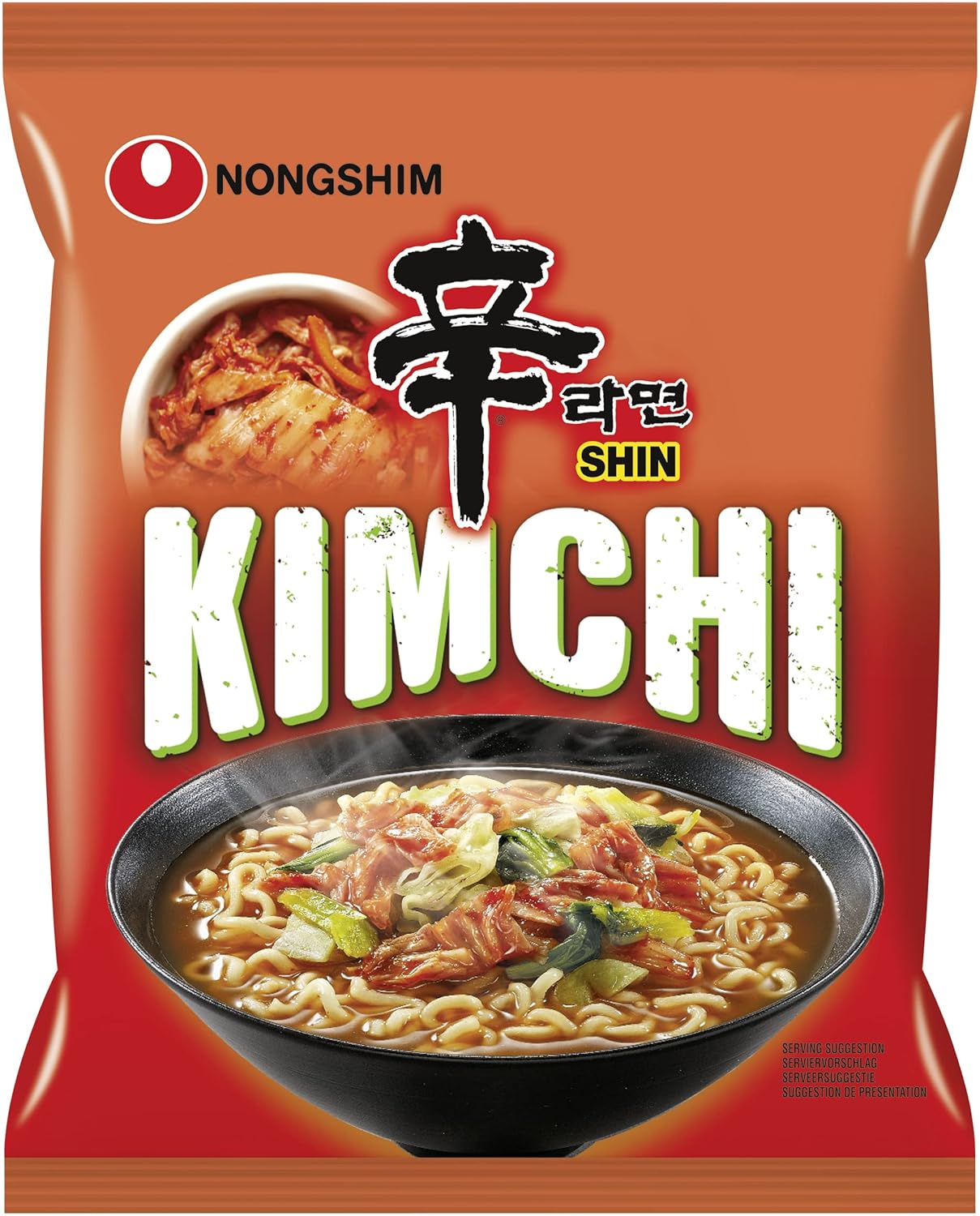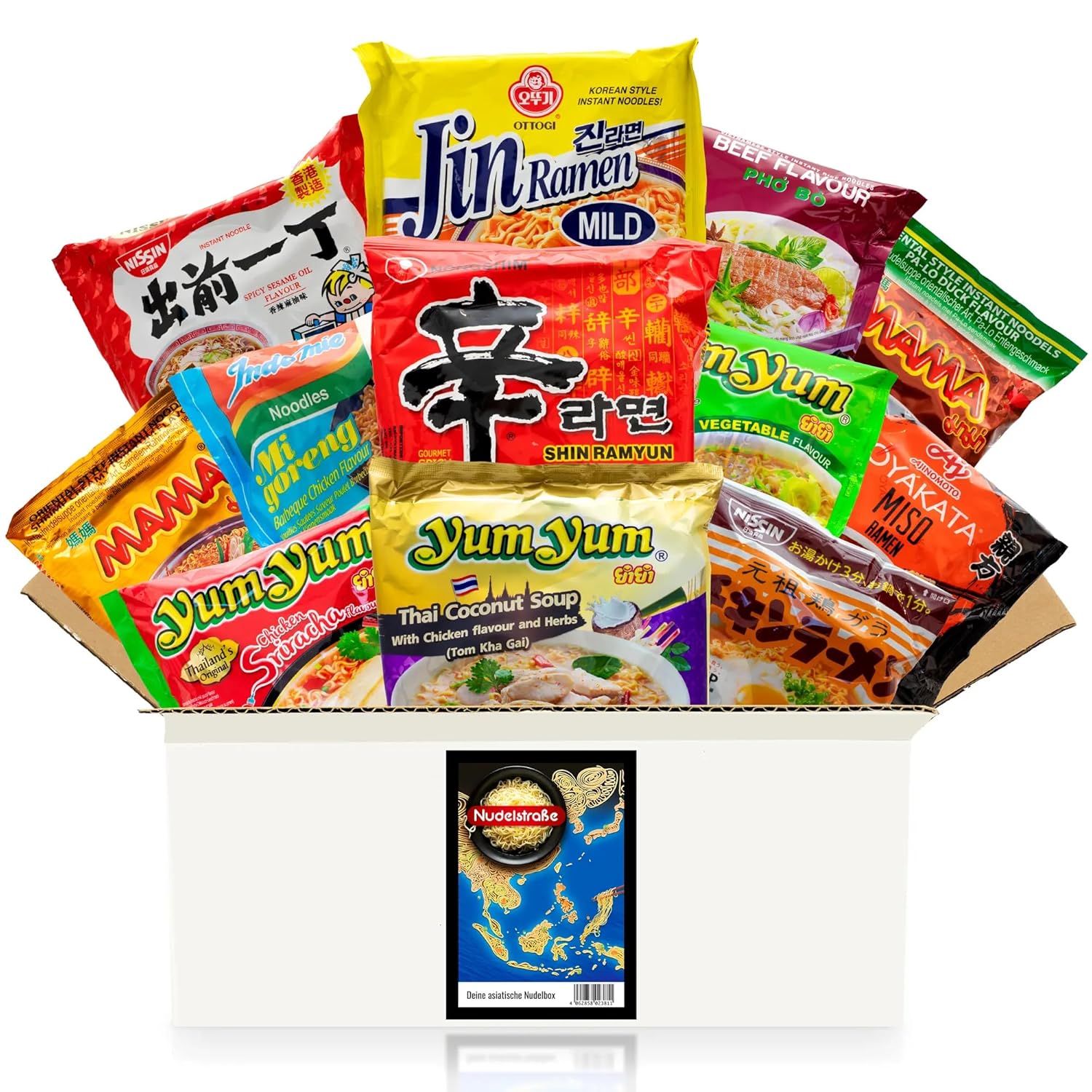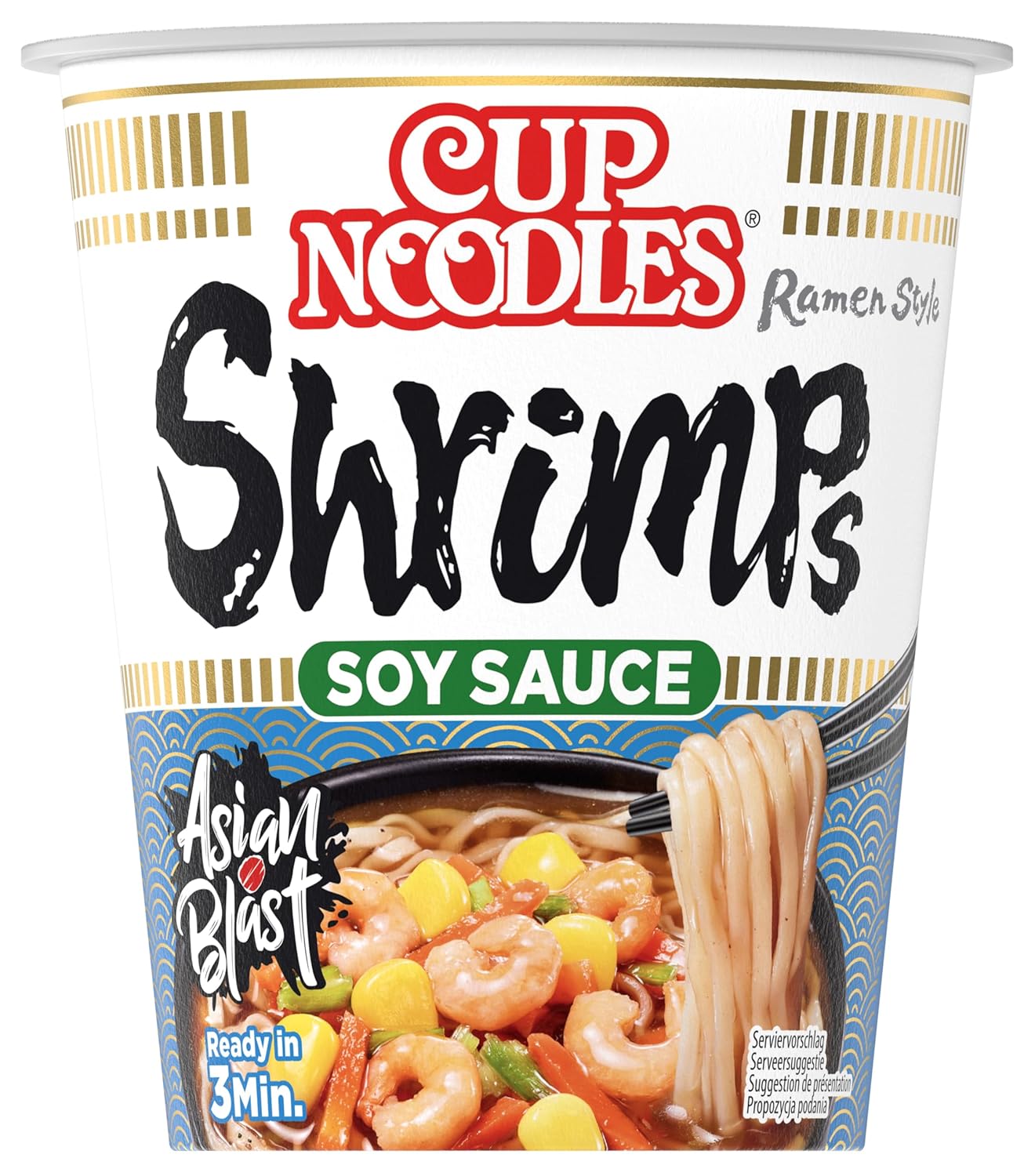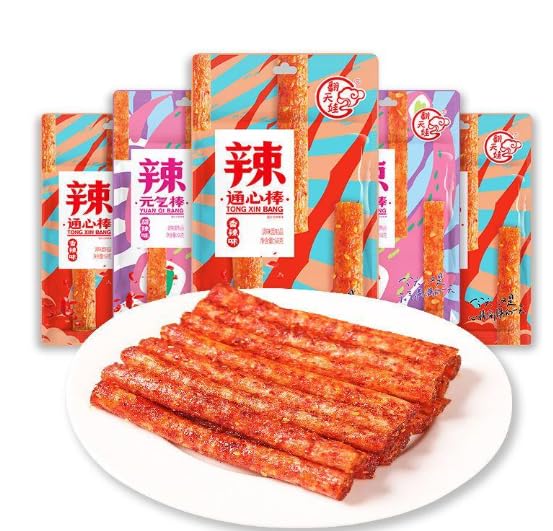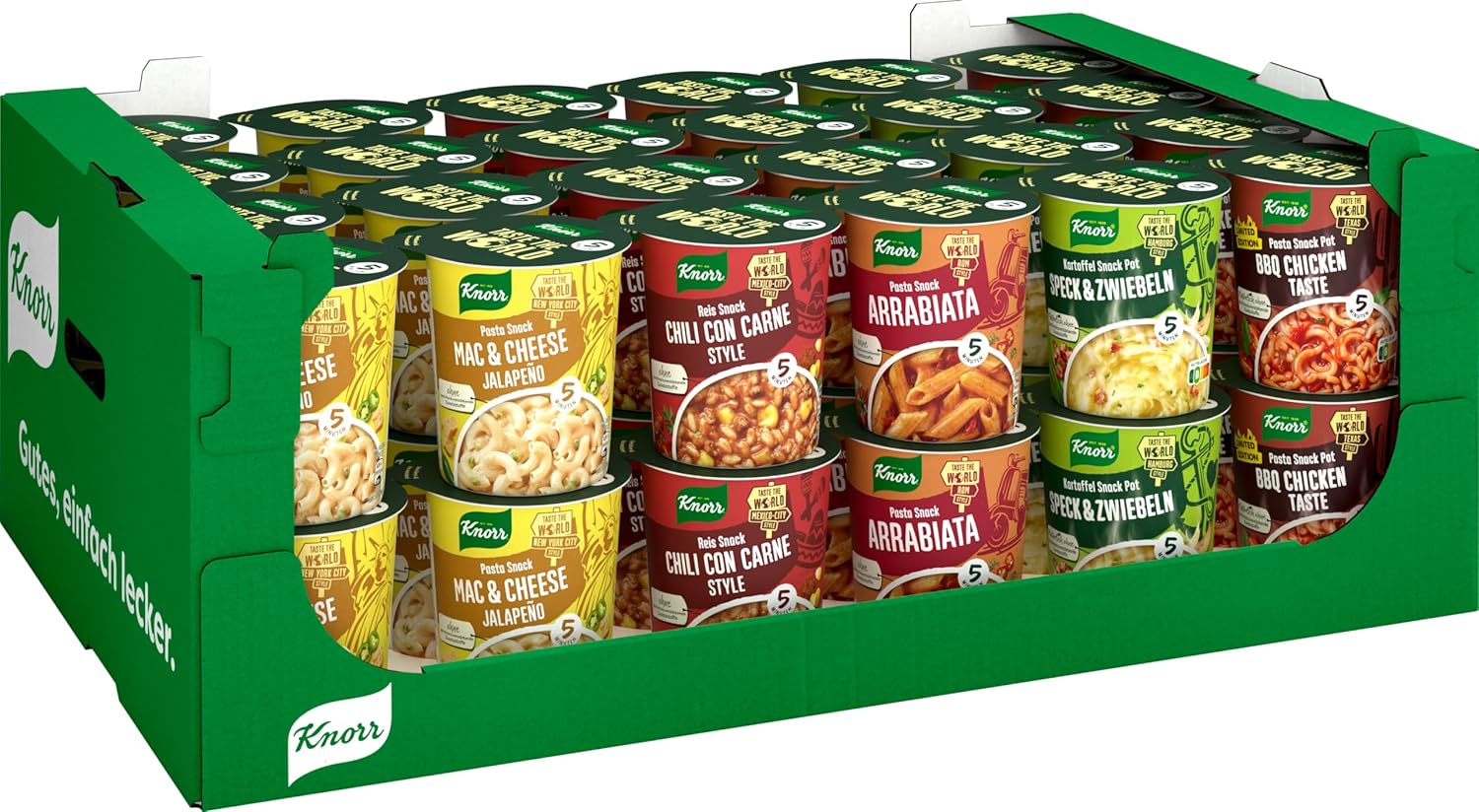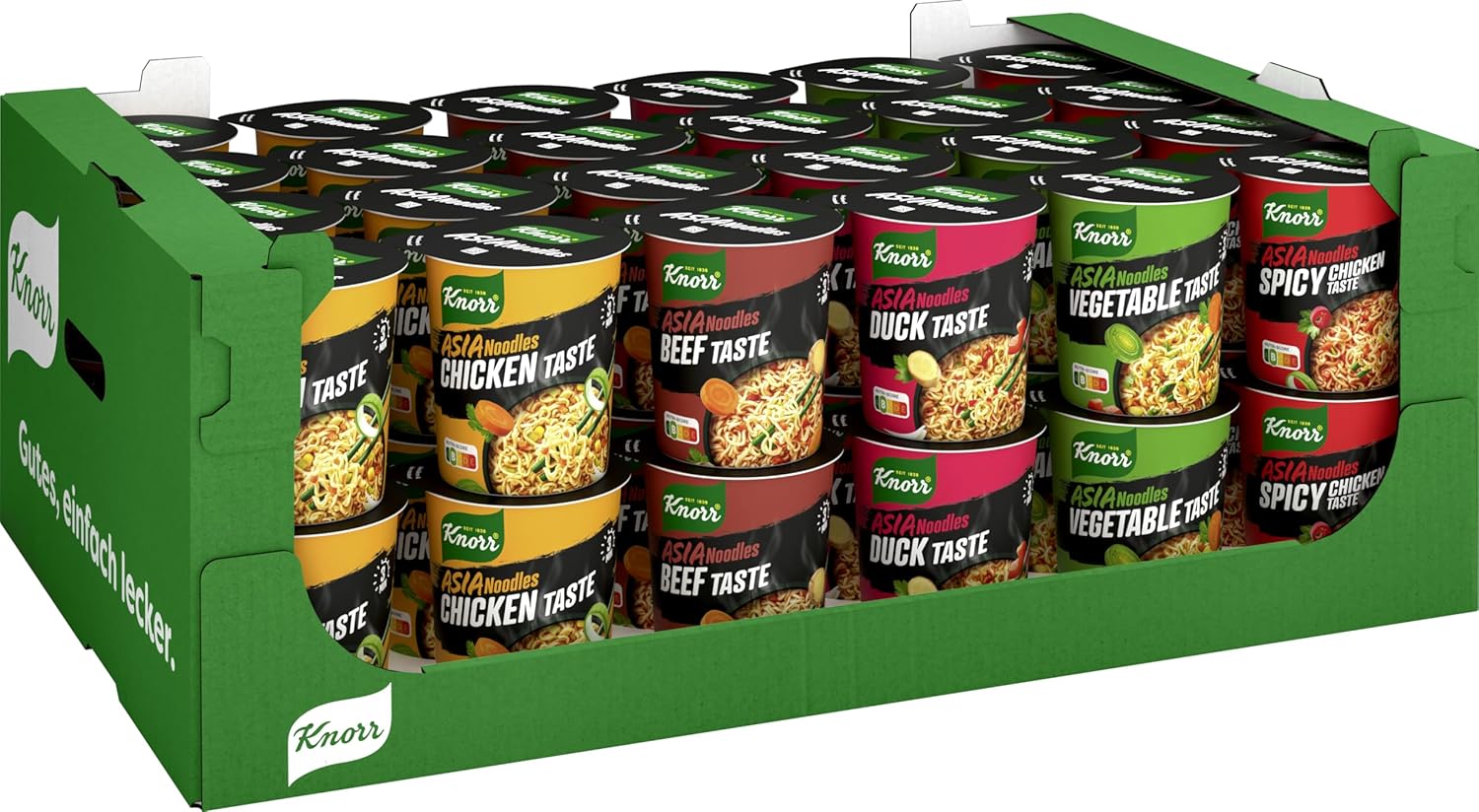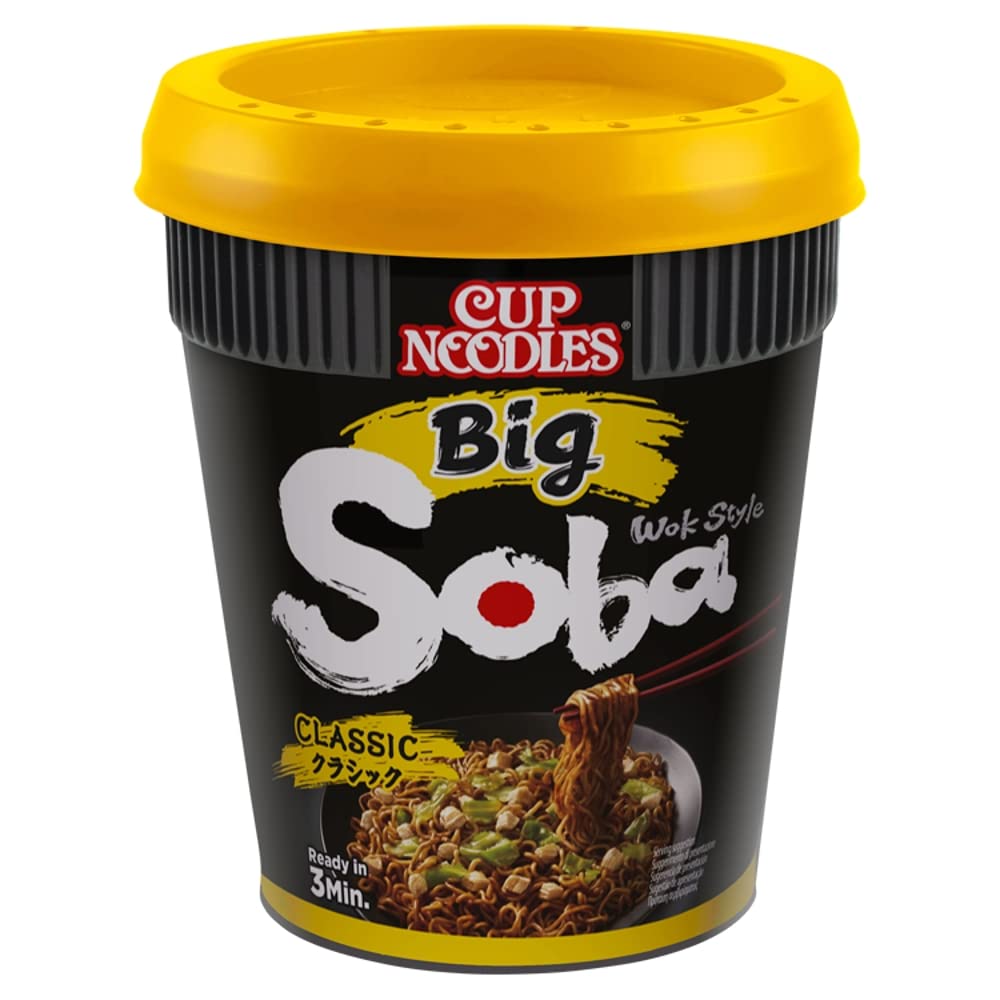Are you stuck deciding between a hot bowl of ramen or a quick serving of Maggi? Both are popular comfort foods that many love, but which one truly satisfies your cravings better?
Whether you want something rich and flavorful or fast and simple, this choice matters more than you think. Keep reading, because by the end, you’ll know exactly which option fits your taste, time, and mood perfectly. Let’s dive in and settle this delicious debate once and for all!
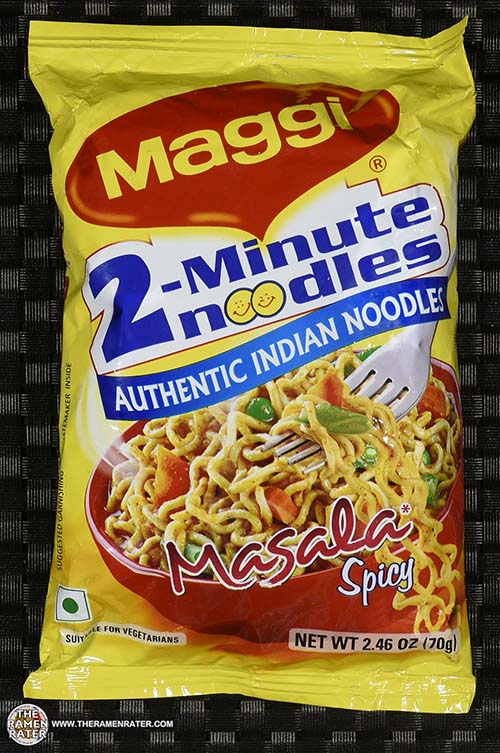
Credit: www.theramenrater.com
Origins And History
Both ramen and Maggi are popular instant noodles with unique backgrounds. Their stories show how food travels and adapts across cultures. Understanding their origins helps appreciate their taste and popularity.
Ramen’s Japanese Roots
Ramen started in Japan in the early 20th century. It was inspired by Chinese wheat noodles. Street vendors first sold ramen as a quick, hot meal. Over time, ramen became a symbol of Japanese comfort food. Different regions in Japan created their own ramen styles. Broths, toppings, and noodles vary widely. This diversity makes ramen a rich, cultural dish. It mixes tradition with innovation in every bowl.
Maggi’s Global Journey
Maggi began in Switzerland in the late 19th century. It was created as a quick cooking aid. Maggi noodles launched much later, in the 1980s. The brand grew quickly in many countries. India became one of its biggest markets. Maggi adapted flavors to suit local tastes. It became a favorite for fast, easy meals. The brand’s success shows how food can cross borders easily.
Ingredients And Preparation
Ingredients and preparation set ramen and Maggi apart. Both focus on noodles but differ in taste and cooking style. Ramen uses fresh, rich ingredients and takes time to prepare. Maggi is quick and simple. This section explains these differences clearly.
Noodles And Broth In Ramen
Ramen noodles are thick and chewy, made from wheat flour, water, and kansui. This special alkaline water gives them a firm texture. The broth is the heart of ramen. It simmers for hours using meat, bones, and vegetables. The slow cooking creates deep, complex flavors. Common broths include tonkotsu, miso, and shoyu. Each broth offers a unique taste experience.
Maggi’s Quick Cooking Style
Maggi noodles are thin and quick to cook. They come pre-cooked and dried for convenience. The seasoning comes in a small packet, adding flavor instantly. Cooking Maggi takes just two minutes with boiling water. It offers a simple, fast snack or meal. Maggi does not have broth but uses a spiced powder for taste.
Nutritional Comparison
Comparing ramen and Maggi on nutrition helps choose a healthier option. Both are quick meals but differ in nutrients. Understanding calories, macronutrients, sodium, and additives is important. This guide breaks down key facts about each.
Calorie And Macronutrient Content
Ramen usually has more calories per serving than Maggi. This is due to thicker noodles and added oils. Maggi noodles are lighter and cook faster. Both have similar carbs, mostly from refined flour. Protein content is low in both. Fat content is higher in ramen, often from added oil packets.
Carbs fuel the body but choose options with less fat. Ramen’s extra fat raises calorie count quickly. Maggi offers fewer calories but still lacks fiber and protein. Neither is ideal as a main protein source.
Sodium And Additives
Both ramen and Maggi contain high sodium levels. Sodium helps flavor but can harm heart health. Ramen often has more sodium due to seasoning packets. Maggi also has salt and artificial flavors. Eating these frequently may increase blood pressure.
Additives like preservatives and MSG appear in both. These keep noodles fresh longer. Some people react to MSG with headaches or nausea. Reading labels helps avoid excessive additives. Using fresh vegetables and less seasoning can reduce sodium intake.

Credit: www.youtube.com
Taste And Flavor Profiles
Taste and flavor profiles define the eating experience of ramen and Maggi. Both offer unique sensations that attract different tastes. Understanding these profiles helps decide which suits your mood or craving better.
Ramen Varieties And Flavors
Ramen features many varieties. Each has a special broth base like miso, soy, or pork bone. These broths give ramen its rich and deep flavor. The noodles also vary in thickness and texture. Toppings like eggs, pork slices, and seaweed add layers of taste. The overall flavor is often savory and complex. Some ramen bowls are spicy, others mild. This variety lets you pick a flavor that feels right.
Maggi’s Distinctive Taste
Maggi has a simple, comforting taste. Its flavor is mostly salty with a hint of spices. The noodles are quick to cook and soft to eat. The seasoning packet gives a consistent flavor every time. This taste feels familiar and easy to enjoy. Many people like Maggi for its quick, tasty solution. It is less complex but satisfying in its own way.
Cultural Significance
Cultural significance shapes how we see food beyond taste. Ramen and Maggi are more than just quick meals. They carry stories and traditions that connect people to their roots and daily lives.
Ramen In Japanese Culture
Ramen is a symbol of Japanese tradition and innovation. It started as a simple street food. Now, it is a celebrated dish across Japan. Each region has its own unique style of ramen.
Ramen shops are places for socializing and comfort. People enjoy ramen during all seasons. It reflects Japan’s focus on craftsmanship and quality ingredients. Eating ramen is a cultural experience, not just a meal.
Maggi’s Role Worldwide
Maggi is a global comfort food, loved in many countries. It is known for its quick preparation and strong flavors. Maggi noodles became a staple in homes and street markets.
In countries like India, Maggi holds a special place. It is part of childhood memories and daily snacks. Maggi adapts to local tastes, showing its cultural flexibility. It connects people through shared moments of simple joy.
Price And Accessibility
Price and accessibility play a big role in choosing between ramen and Maggi. Both are quick meal options, but their cost and availability vary. Understanding these differences helps you pick the best option for your budget and location.
Cost Comparison
Maggi generally costs less than ramen. A packet of Maggi can be very cheap, making it a popular choice for students and low budgets. Ramen prices vary more because of different brands and flavors. Instant ramen from popular brands may cost more than Maggi. Cooking ramen might also need extra ingredients, raising the total cost.
Availability In Different Regions
Maggi is widely available in many countries, especially in Asia and Africa. You can find it easily in local shops and supermarkets. Ramen is popular in East Asia and is growing in other parts of the world. Some regions may have limited choices of ramen flavors or brands. Maggi’s strong presence in many markets makes it easier to find almost everywhere.
Cooking Time And Convenience
Cooking time and convenience matter a lot when choosing between ramen and Maggi. Both offer quick meal options, but their preparation steps differ. These differences can affect your daily routine, especially when time is tight. Understanding these can help you decide which fits your lifestyle better.
Preparation Time For Ramen
Ramen usually takes about 5 to 7 minutes to cook. You boil water, add the noodles, and wait until soft. Some instant ramen packets include seasoning and oils to mix in. Cooking time can vary if you add extra ingredients like eggs or vegetables.
Fresh or restaurant-style ramen takes longer. You may spend 20 minutes or more preparing broth and toppings. This style suits special meals, not quick snacks. Instant ramen focuses on speed but still needs a few minutes on the stove or in the microwave.
Maggi’s Instant Appeal
Maggi noodles are famous for their fast cooking time. They usually cook in just 2 minutes. You boil water, add Maggi noodles and the tastemaker, then stir. Ready to eat in a flash. This makes Maggi very popular for quick hunger fixes.
Maggi requires minimal effort and no extra ingredients. It suits busy days or when you want a simple snack. The ease of preparation gives Maggi an edge in convenience. A quick meal with little cleanup.
Customization And Serving Options
Ramen and Maggi both offer many ways to customize and serve. This makes them popular choices for quick meals. You can change flavors and textures by adding different ingredients. Each has unique options that suit different tastes and moods.
Toppings And Add-ons For Ramen
Ramen allows many toppings to create rich flavors. Soft-boiled eggs are common and add creaminess. Sliced pork or chicken gives protein and a hearty taste. Seaweed adds a slight crunch and umami flavor. Green onions and bamboo shoots bring freshness and texture. Some like to add corn or mushrooms for variety. Spicy chili oil or garlic can boost heat and aroma. Ramen bowls can be mild or bold, simple or complex.
Enhancing Maggi Dishes
Maggi is easy to upgrade with simple add-ons. Vegetables like peas, carrots, or tomatoes add color and nutrition. Eggs can be scrambled or boiled to enrich the dish. Cheese adds creaminess and a mild flavor. Some add cooked chicken or sausages for more filling meals. Herbs like coriander or mint brighten the taste. A dash of lemon juice or chili powder can lift the flavor. Maggi suits quick cooking and simple, tasty changes.
Popularity And Consumer Preferences
Popularity and consumer preferences shape the debate between ramen and Maggi. Both have large followings but differ in taste, culture, and convenience. People choose based on flavor, tradition, and availability. Each has a unique place in kitchens worldwide.
Global Fanbase
Ramen enjoys a strong global fanbase. Originating in Japan, it gained fame through its rich broth and noodles. Many countries now have ramen shops and instant ramen products. Fans love its warm, savory taste. It appeals to people who enjoy a meal with depth and texture.
Maggi, made by Nestlé, has a vast global reach too. It is famous for quick preparation and bold flavors. Many families rely on Maggi as a fast snack or meal. It fits busy lifestyles and is popular in schools and offices. Maggi’s simplicity attracts a broad audience, especially in South Asia and Africa.
Regional Preferences
Ramen is more popular in East Asia and parts of the West. Japan, South Korea, and China have traditional and modern ramen dishes. Western countries appreciate gourmet and instant ramen varieties. Consumers here seek authentic taste and variety.
Maggi dominates in South Asia, especially India, Pakistan, and Nepal. It fits local tastes with spicy, tangy flavors. Maggi noodles are affordable and easy to cook. In these regions, Maggi is a comfort food and a quick hunger solution. Regional culture plays a key role in its preference.
Credit: www.reddit.com
Frequently Asked Questions
Which Is Healthier: Ramen Or Maggi Noodles?
Ramen often contains more sodium and preservatives than Maggi. However, homemade ramen can be healthier with fresh ingredients. Maggi is quick and convenient but may have higher MSG levels. Choose based on your dietary needs and ingredient quality for a healthier option.
What Taste Differences Exist Between Ramen And Maggi?
Ramen offers rich, complex flavors with broth and toppings. Maggi has a simple, spicy, and salty taste. Ramen varies by style, while Maggi’s flavor is consistent. Your preference depends on whether you want depth or convenience in taste.
Which Cooks Faster: Ramen Or Maggi Noodles?
Maggi cooks faster, typically in 2 minutes. Ramen usually takes 3-5 minutes, especially fresh or instant varieties. Maggi is ideal for quick meals, while ramen suits those who enjoy a slightly longer cooking experience.
Can Maggi Replace Ramen In Recipes?
Maggi can replace ramen in simple dishes but lacks broth complexity. Ramen’s texture and flavor depth make it better for authentic recipes. For quick snacks, Maggi works well, but for traditional ramen dishes, use ramen noodles.
Conclusion
Both ramen and Maggi offer quick, tasty meal options. Ramen has rich flavors and a wider variety of ingredients. Maggi is simple, fast, and familiar to many people. Your choice depends on what you like and how much time you have.
Some enjoy the spicy, complex taste of ramen. Others prefer the easy, comforting flavor of Maggi. Either way, both noodles satisfy hunger and bring joy. Try them both to find your favorite. Food should be fun and fit your mood.
Easy meals like these always have a place in our kitchens.


